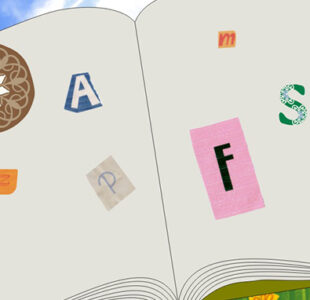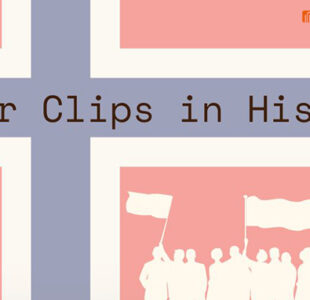- No Comment
Paper clips project by middle schoolers
The Paper Clips Project is a powerful example of how a small idea can make a big impact. In 1998, a group of students at the Whitwell Middle School in Tennessee decided to start a paper clips project to collect paper clips as a way to learn about the Holocaust. The goal of the project was to collect 6 million paper clips, one for each Jewish victim of the Holocaust. The paper clips project began with a simple idea: to collect 6 million paper clips as a way to remember the Holocaust and the victims who lost their lives. However, as the paper clips project progressed, it took on a life of its own and became a powerful symbol of hope and resilience.
Nearly all observers point up the project’s unexpected placement. About 1,600 people call Whitwell home; 97.35 percent of them are white, according to the most recent U.S. census. When the initiative started, there were 425 pupils, and not one of them was Jewish. The school has 425 kids, yet there are only five African Americans and one Hispanic among them. The city is relatively underdeveloped since coal mining, its primary industry, has been declining since an accident 30 years ago; the last mine was shut down entirely in 1997. The free lunch programme, which benefits American schoolchildren from lower-income families, is available to almost half of the middle school’s students.
The paper clips project was inspired by a lesson on the Holocaust that the students had received in their history class. The teacher, Linda Hooper, wanted to help her students understand the magnitude of the Holocaust and the impact it had on millions of people. She came up with the idea of collecting paper clips as a way to help the students grasp the enormity of the tragedy.
At first, the paper clips project was met with skepticism. Many people questioned whether a small town in Tennessee could really collect 6 million paper clips. But the students were determined to succeed. They began by reaching out to their community and asking for donations of paper clips. They also contacted organizations and individuals around the world, asking for their support.
As the paper clips project progressed, the students began to receive paper clips from all over the world. They received paper clips from countries as far away as Japan and Australia. They also received letters and messages of support from people of all ages and backgrounds.
The paper clips began to pile up in the school, filling jars and boxes. The students were amazed by the outpouring of support they received. They were also touched by the stories of the people who had sent them paper clips. Many of the paper clips were accompanied by personal messages, expressing the senders’ hopes for peace and tolerance.
The project reached its goal of 6 million paper clips in 2004. The students built a Holocaust Memorial on their school grounds, featuring a railcar, similar to the ones used during the Holocaust, filled with paperclips. The railcar was donated by a Norwegian businessman, and the paperclips that filled it symbolized the victims of the Holocaust. The memorial attracted visitors from all over the world and it became a powerful symbol of hope and resilience.
The Paper Clips Project has become a powerful symbol of hope and resilience. It has shown that small acts of kindness can make a big difference. The project has also helped to educate people about the Holocaust and the importance of tolerance and understanding. The students who started the project have grown up, but the legacy of their project lives on. It has been featured in a documentary film and a book, and continues to inspire people of all ages.
Paper clips were chosen in part because they were a symbol of resistance worn by Norwegians on their lapels during World War II against Nazi occupation. Paper clips are known as binders in Norwegian, and they were used to symbolise solidarity and unity. The letters, which came from about 20 different nations, were sent by a variety of people along with the paper clips. Some famous people, including Tom Hanks, Steven Spielberg, Tom Bosley, Bill Cosby, and George W. Bush, sent in the footage. The school had amassed roughly 24 million paper clips by the summer of 2004. More were still pouring in as of 2005. The paper clips that are affixed to most letters are either dedicated to a specific individual or feature a tale. The movie tells a few of these tales.
In conclusion, the Paper Clips Project is an incredible example of how a small idea can make a big impact. It shows that even the smallest actions can have a powerful impact when people come together and work towards a common goal. It is a powerful reminder of the importance of tolerance, understanding, and hope in the face of tragedy. The paper clips project is a beautiful symbol of how a simple idea can make a big difference in the world.
Related Posts

5 Stories about Paper Clips that will…
Have you ever given thought to how frequently we take paper clips

Paperclips in History: The Norwegian Resistance Movement
During World War 2, Nazi Germany conquered Norway, and the country's populace
